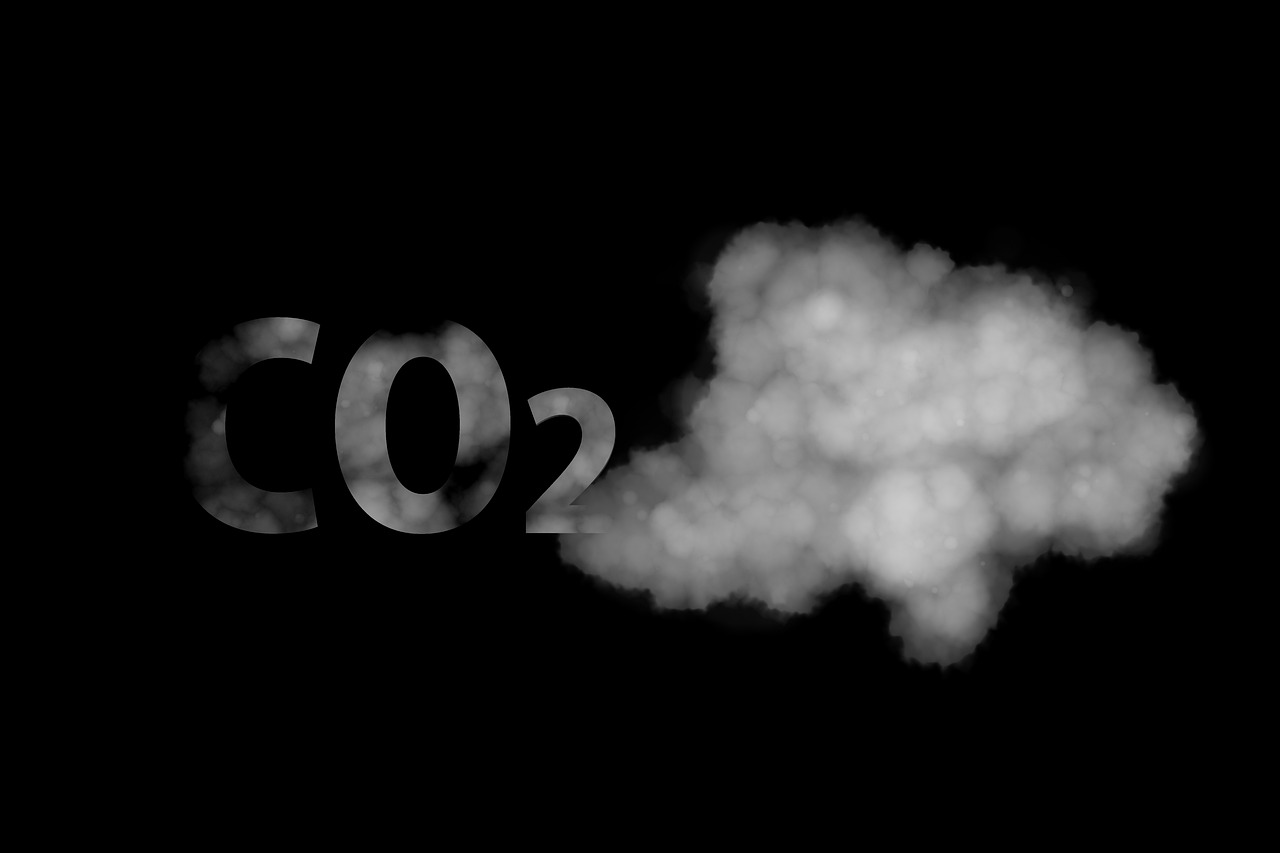Germany – Germany plans to embrace carbon capture and sub-seabed storage technology as a key tool to achieve its ambitious climate goals.
The announcement, made by Economy Minister Robert Habeck, marks a shift in the country’s approach to decarbonization. While carbon capture and storage (CCS) has been under discussion for years, its implementation has been hampered by concerns about safety and regulatory hurdles.
CCS technology captures carbon dioxide emissions from industrial sources, like cement plants, preventing them from entering the atmosphere. This captured CO2 is then transported and stored underground, often in depleted oil and gas reservoirs, in a bid to permanently remove it from the carbon cycle.
Germany’s ambitious goal of becoming carbon neutral by 2045 necessitates exploring all available avenues for reducing emissions. While Habeck emphasized the safety of the technology, he also acknowledged that certain industries, like cement production, will struggle to achieve their emission targets without the aid of CCS.
Carbon Capture and Utilization (CCU)
Germany also plans to explore and invest in carbon capture and utilization (CCU) technologies. Unlike CCS, CCU seeks to capture and convert CO2 into valuable products like fuels or chemicals, potentially offering additional economic and environmental benefits.
The success of Germany’s CCS and CCU ambitions hinges on several factors. Continued research and development are crucial to ensure the safety and efficiency of these technologies. Additionally, collaboration between policymakers, industry leaders, and environmental groups is essential to address concerns and develop a robust regulatory framework for CCS and CCU deployment.




